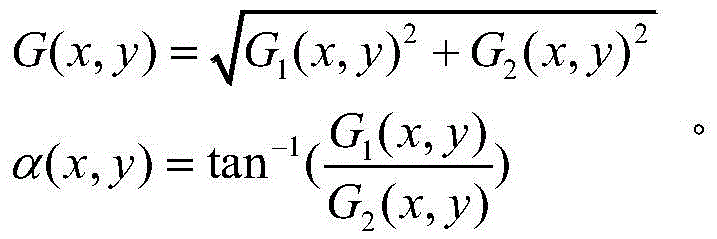Image multi-tag marking algorithm based on multi-example package feature learning
A feature learning, multi-example technology, applied in image enhancement, image analysis, image data processing and other directions, can solve problems such as being unable to adapt to actual needs
- Summary
- Abstract
- Description
- Claims
- Application Information
AI Technical Summary
Problems solved by technology
Method used
Image
Examples
Embodiment Construction
[0059] The present invention is described in detail below:
[0060] An image multi-label labeling algorithm based on multi-instance bag feature learning, the method specifically includes the following steps:
[0061] Step 1: Obtain the training image set and segment the images in it to obtain the block image set of all images; the image segmentation algorithm uses the pixel RGB color value as the clustering target, and uses the fuzzy C-means clustering (FCM) algorithm for image segmentation .
[0062] Step 2: Extract color histogram features and orientation gradient histogram features (HOG features) for each image block in the training set. Specific steps are as follows:
[0063] Step 2.1: Extract the R, G, and B color values of each pixel of the image block respectively;
[0064] Step 2.2: Divide the color values into 16 groups on average, and use 16 as the group distance to count the number of pixels of R, G, and B three color values in each group of color value ran...
PUM
 Login to View More
Login to View More Abstract
Description
Claims
Application Information
 Login to View More
Login to View More - R&D
- Intellectual Property
- Life Sciences
- Materials
- Tech Scout
- Unparalleled Data Quality
- Higher Quality Content
- 60% Fewer Hallucinations
Browse by: Latest US Patents, China's latest patents, Technical Efficacy Thesaurus, Application Domain, Technology Topic, Popular Technical Reports.
© 2025 PatSnap. All rights reserved.Legal|Privacy policy|Modern Slavery Act Transparency Statement|Sitemap|About US| Contact US: help@patsnap.com



